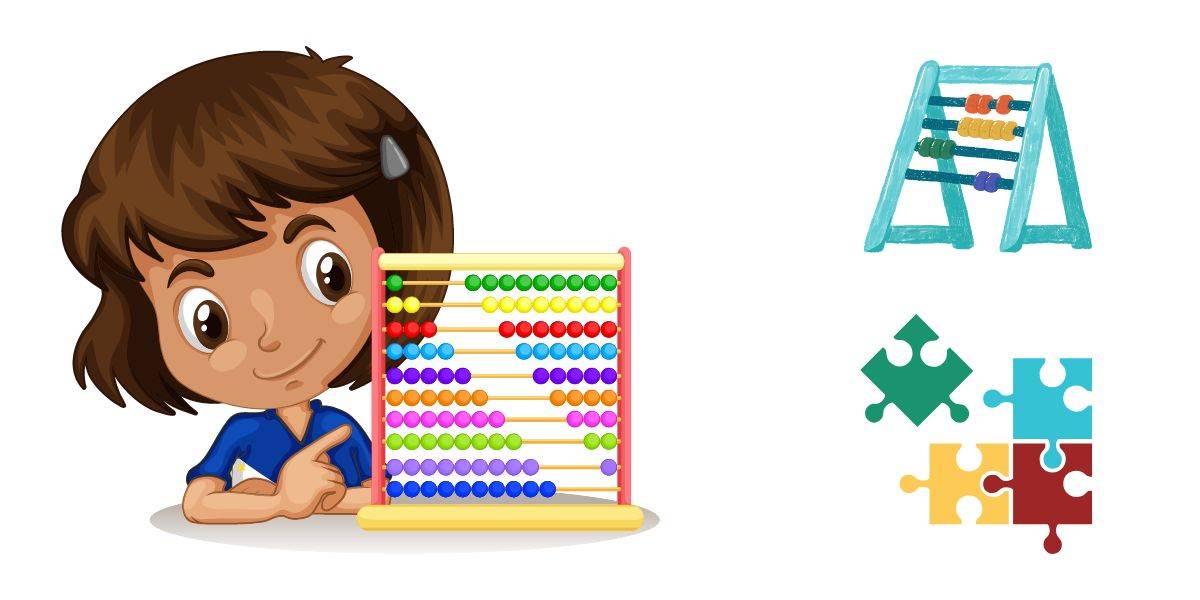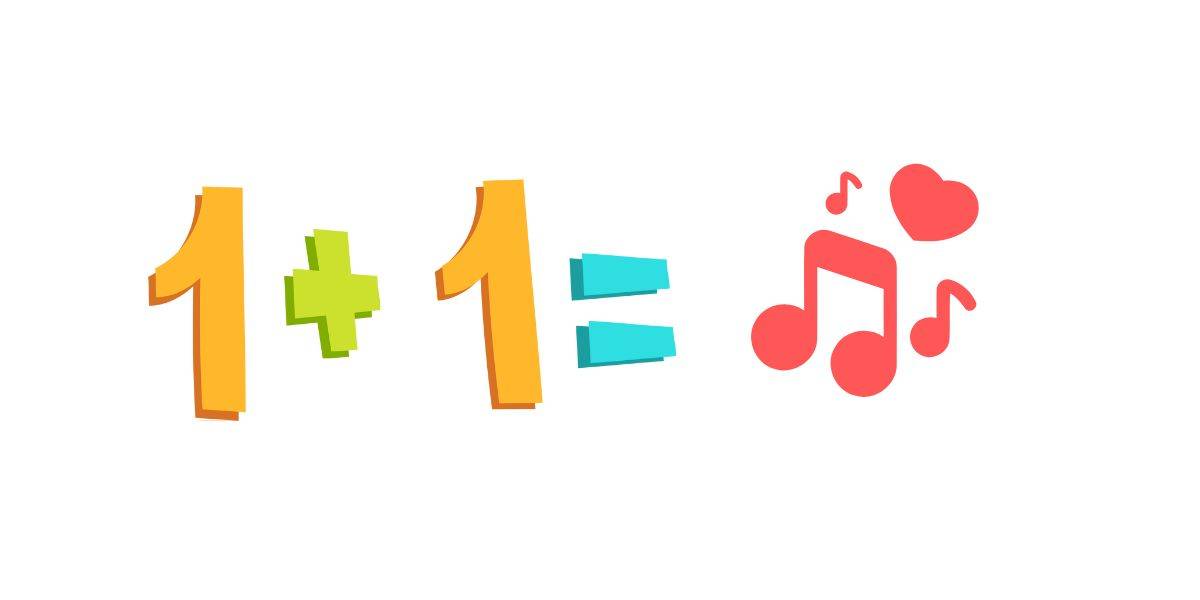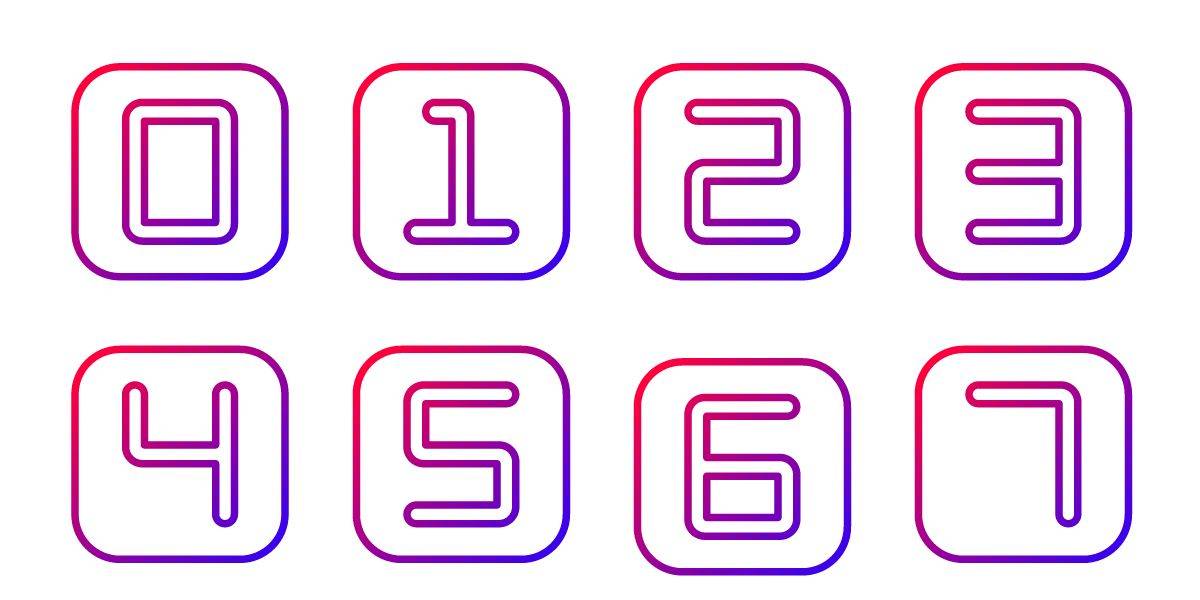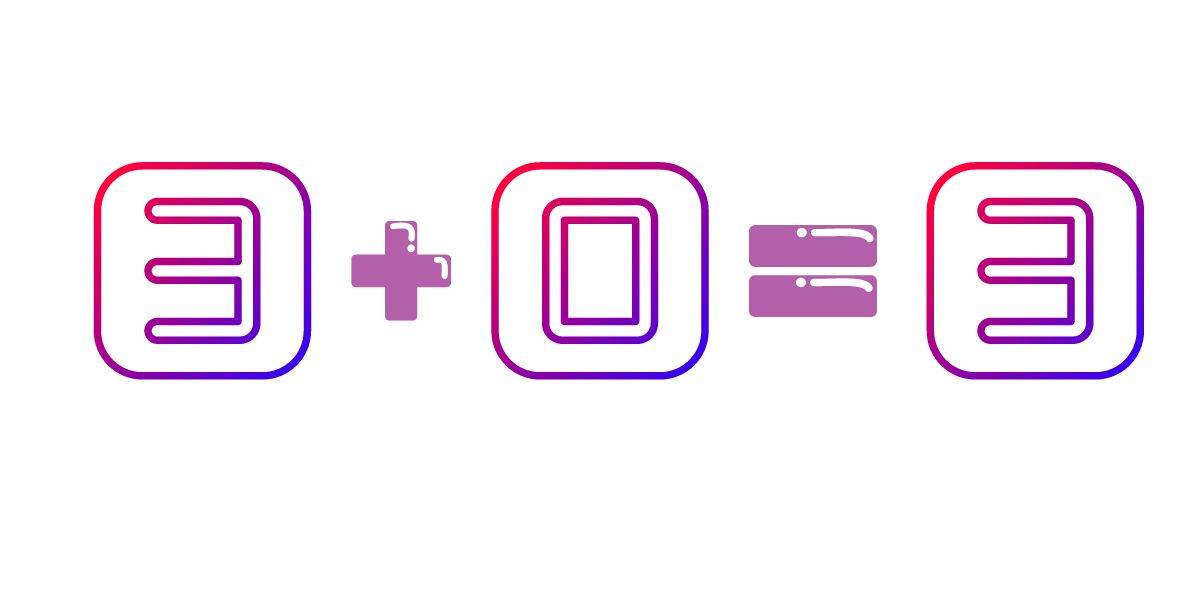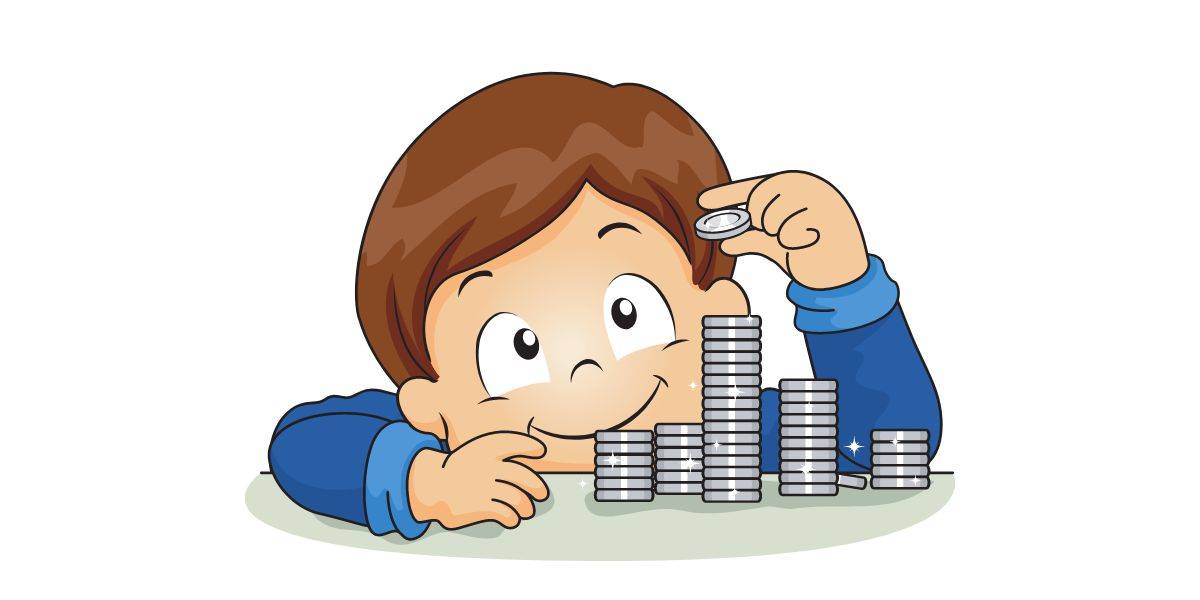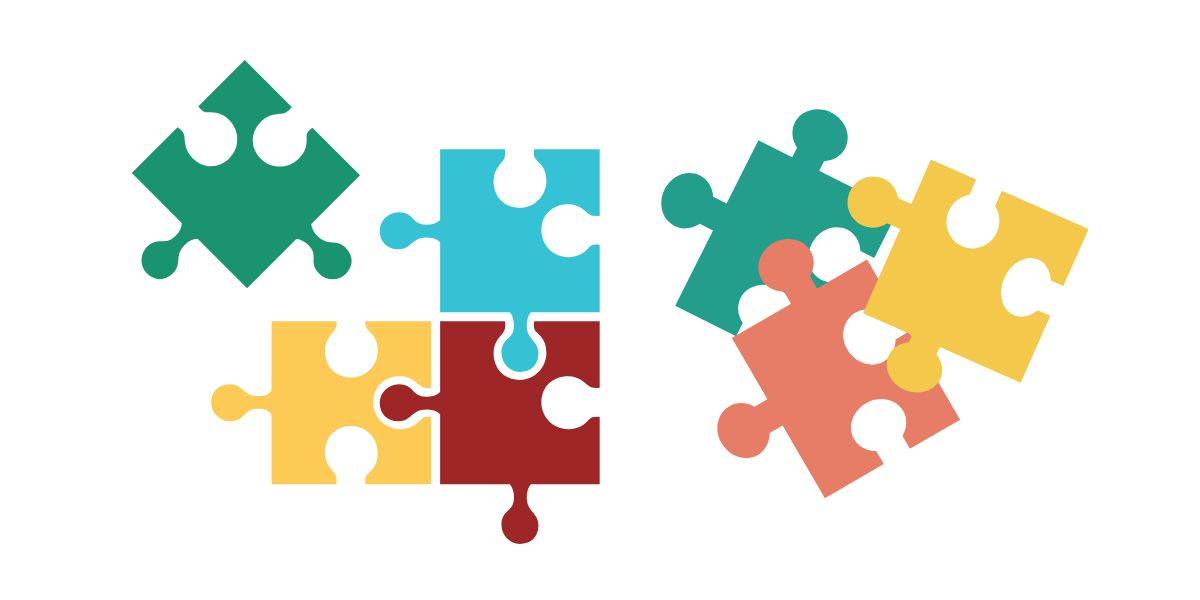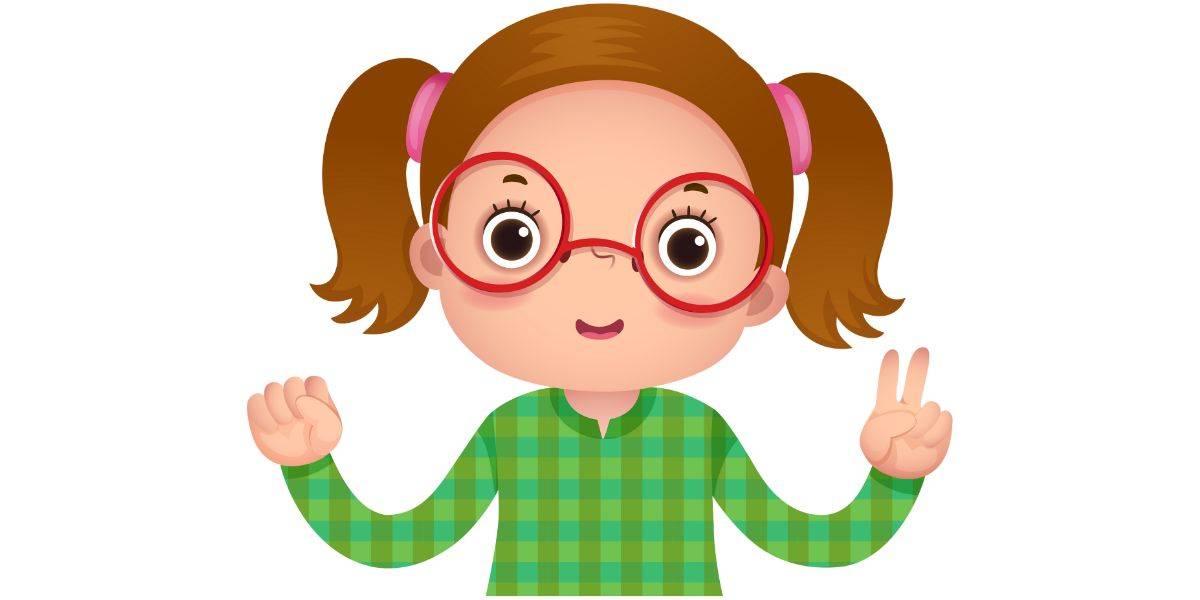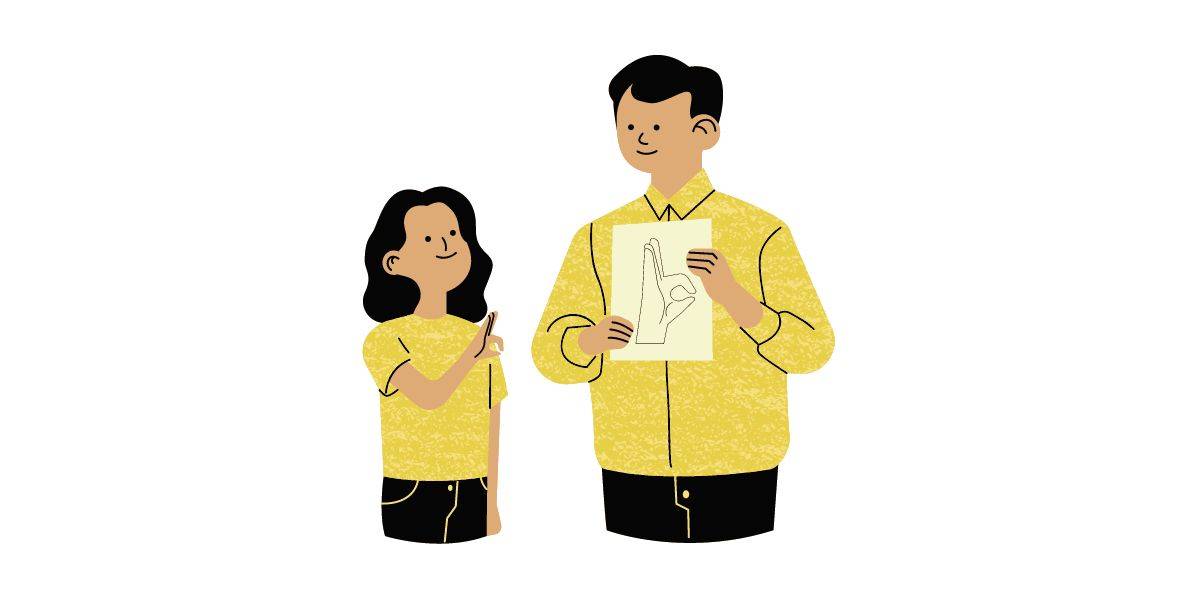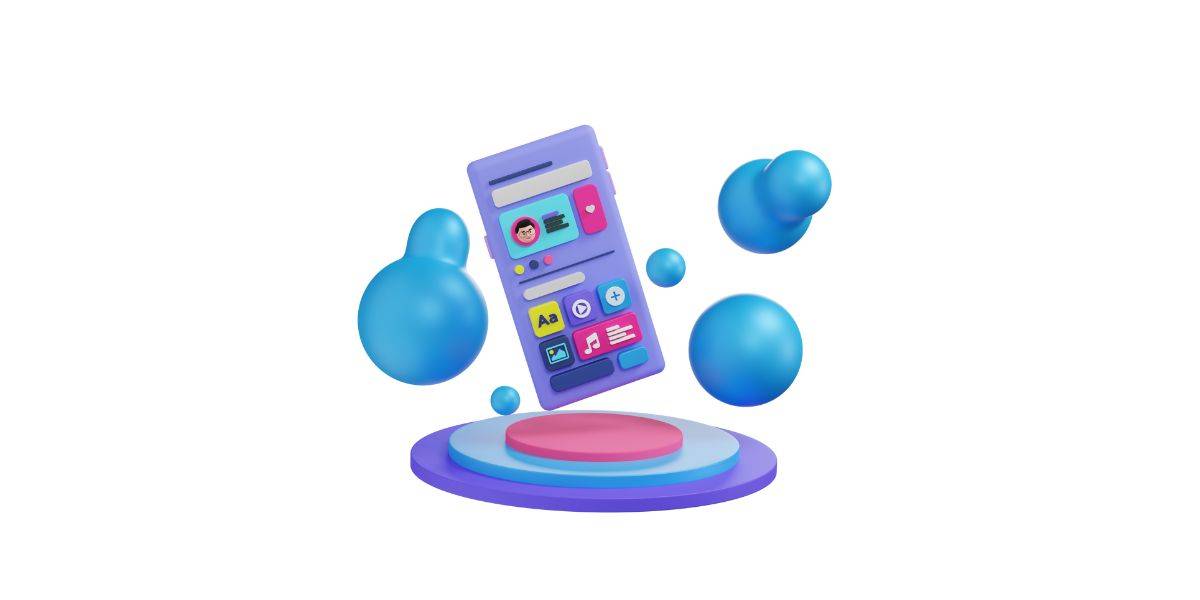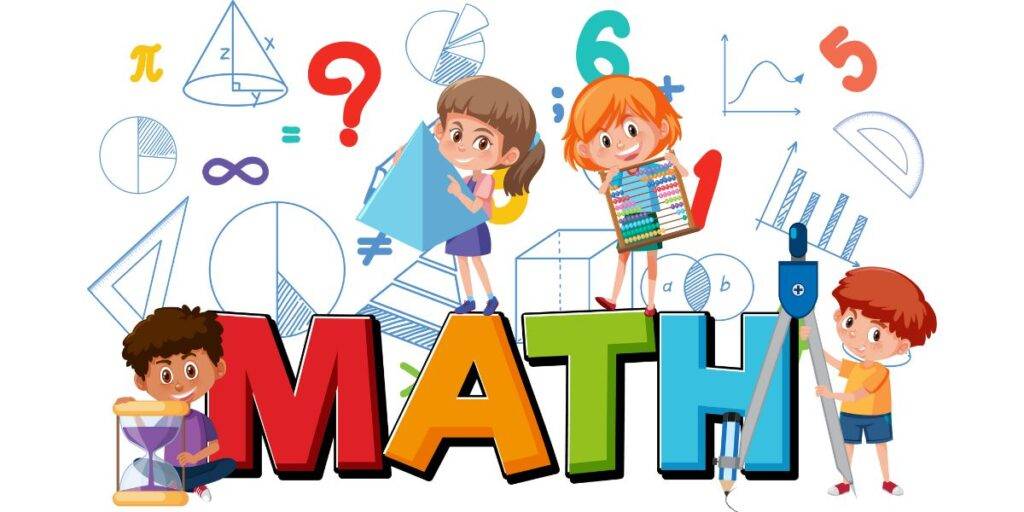
Addition is a crucial mathematical skill that all children need to learn. It’s the first significant step after children understand the basics of numbers and is an essential foundation for more advanced math concepts. While learning addition can be challenging for children, it can also be challenging for parents to teach. Many children are not interested in math because it requires a lot of thinking and does not allow for creative answers. As a result, parents often struggle to find effective and fun ways to teach addition to their kids. It’s important to remember that the methods used to teach children should be engaging and enjoyable so that they don’t grow to dislike math. Start by introducing addition using small numbers and gradually increase the difficulty.
Here are some simple and effective ways to teach kids the concept of addition:
- Use countable manipulatives
Manipulative materials are objects like blocks, shapes, and bead strings that can be touched and manipulated to make addition easier to understand. Visual tools are useful for teaching addition because children tend to be more engaged when they can touch and manipulate things. Give children a small set of items, like one group of three balls and another group of five balls. Have them count the balls in each group separately and then put them together and ask the child to count the total number of balls. Explain that this exercise is called addition and helps to find the total amount (in this case, the total number of balls). Use a variety of objects to help children understand the concept of addition regardless of what is being counted.

- Use pictorial problems
Draw two sets of similar objects on a sheet of paper or a chalkboard (e.g., one set of two circles and another set of four circles) and ask the child to count and add them. Have them write the correct answer next to it. As the child becomes more comfortable with the concept, increase the difficulty by using different sets of items. There are also many worksheets available that use pictorials to teach addition.

- Sing “addition” songs
Singing and listening to songs related to the concept is a fun way to learn and understand it. There are many YouTube channels that offer addition-related songs, like “Counting Songs – Learning Addition by Nursery Tracks,” “Move & Add by Jack Hartmann,” and “Adding Songs by Have Fun Teaching.”

- Use a number line
Many children at this stage can only do addition by counting the items in each set to determine the total number or by counting every number in the sum to reach the correct answer. Using a number line eliminates the need to count the first number in the sum. For example, if the sum is 2+4, the child can simply put their finger on 2 on the number line and count up to 4 places to reach 6, teaching them that 2+4=6.

- Addition with zero
Any number added to zero or zero added to any number equals the number itself. Although adults are aware of this rule, children still need to be taught it. Use the pictorial method to teach this concept easily by drawing a set of objects and adding a zero to it. For example, if you draw three circles, you can show the child that 3+0=3.

- Counting coins
Using coins to teach math to kids is a practical way to show them how addition is used in the real world. To teach children to add with the help of coins, give them a small amount of money (pennies, nickels, dimes, and quarters) and have them count and add the coins to find the total value. As they become more comfortable with the concept, increase the amount of money and introduce new denominations.

- Use games and puzzles
Games and puzzles are a fun and engaging way to teach kids addition. There are many board games and online games that focus on addition skills. There are also many different types of puzzles that can be used to teach addition, like crossword puzzles and Sudoku.

- Use real-life examples
Help children understand the concept of addition by showing them how it is used in everyday life. For example, if you are grocery shopping, have them add up the cost of different items on the list. Or, if you are playing a game of Monopoly, have them add up their money to see how much they have available to spend.

- Practice regularly
Regular practice is crucial for kids to master addition. Set aside time each day for math practice and include addition problems in your child’s homework.

- Use technology
There are many apps and websites that offer interactive and engaging ways to learn addition. Explore different options and find what works best for your child.

It’s also important to remember that every child is different and may learn at a different pace. If your child is struggling with addition, consider seeking the help of a tutor or consulting with their teacher. It may also be helpful to break down the concept into smaller, more manageable steps and focus on one step at a time. With patience and consistent practice, your child will be able to master the concept of addition.
Common question related to teaching additions
Children typically start learning addition around the age of four or five, although some may be ready earlier. It’s important to start introducing math concepts early on, even if your child is not yet ready to fully understand them. This helps to build a strong foundation for more advanced math concepts.
There are many ways to make addition more fun for your child. Consider using countable manipulatives, playing math-related games and puzzles, using technology to learn math, and incorporating real-life examples of addition into everyday activities. You can also try singing math-related songs or using a number line to help your child understand the concept.
If your child is struggling with addition, it may be helpful to break the concept down into smaller, more manageable steps and focus on one step at a time. It may also be helpful to seek the help of a tutor or consult with their teacher. With patience and consistent practice, your child will be able to master the concept of addition.
There are a few ways to encourage your child to practice addition:
• Make it fun: Use interactive games, puzzles, and hands-on activities to make learning math enjoyable for your child.
• Set aside dedicated practice time: Set aside a specific time each day for math practice, and make sure your child knows that this is a non-negotiable part of their daily routine.
• Offer rewards: Consider offering rewards or incentives for completing math practice, such as a small treat or extra screen time.
• Make it relevant: Use real-life examples of addition to help your child see the relevance of the concept in their daily lives.
• Use technology: There are many apps and websites that offer interactive and engaging ways to learn math, which can be a great way to encourage practice.

